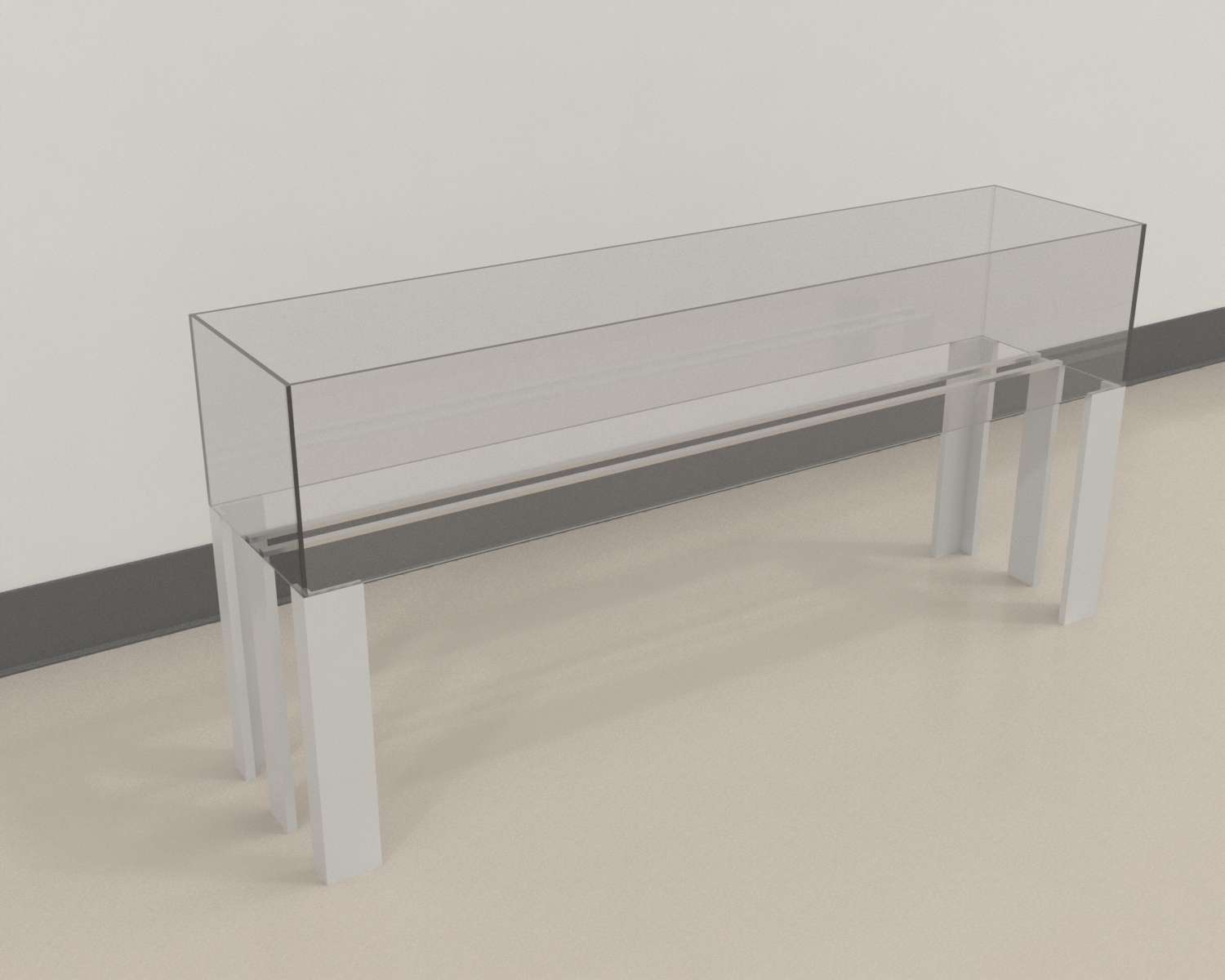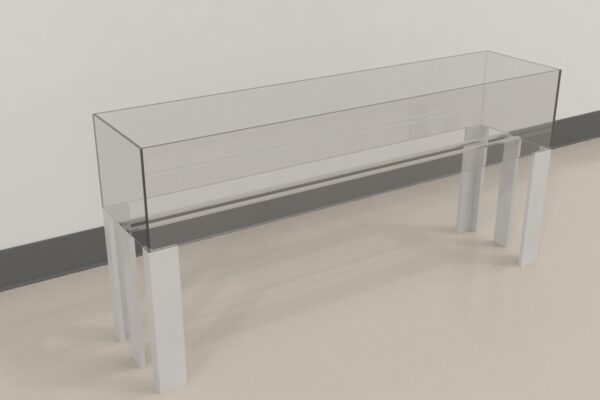The parallel beam task (PBT) was used by Brian Ficiur et al. (2016), in an experiment to assess skilled walking in a rat model of cerebral ischemia.
The parallel beam task in which animals walk across two elevated parallel beams, is commonly used to assess motor deficits in laboratory rodents. Performance of the PBT challenges postural balance, inter-limb coordination and skilled walking abilities, and is typically assessed by quantitative measures such as number of foot slips and/or successful traversals.
It consists of two horizontal, parallel flat metal beams. It is framed by Plexiglas side walls along the length of the parallel beams.
Mazeengineers offers the Parallel Beam Task.




